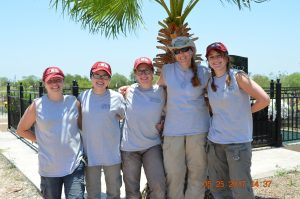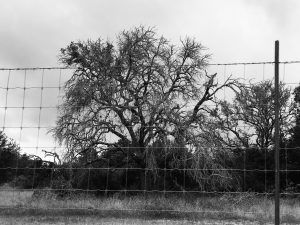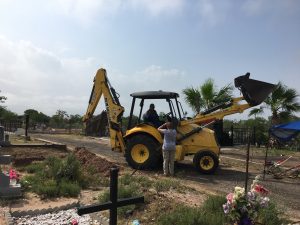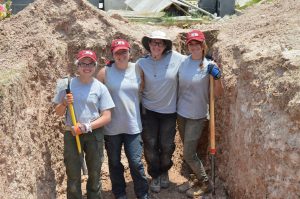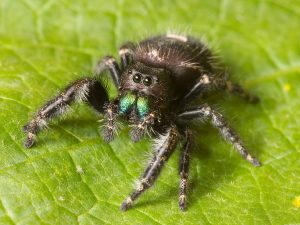So frequently, my fellow cohort and I have reflected on the many amazing aspects of participating in the work taking place in South Texas – the ability to utilize our skills in real-world situations, the opportunities to learn and grow as students and as people, and, of course, being involved in such an important humanitarian project that really makes a difference. One aspect that is not discussed as frequently, however, is the great opportunity we have to work with so many other people from Texas State University and other organizations and to observe and learn from their different perspectives and experiences. It’s impossible to mention all of the awesome people that we get to work with, but there are certainly a few who stand out.
Just a couple of hours into our first day at the cemetery in Rio Grande City, a big silver pickup truck pulled up and one of our favorite people climbed out of it – Sister Pam was here! I wasn’t sure if she was going to be able to join us this time, as she lives about 45 minutes away. But sure enough, she made the drive to be there with us almost every day, helping wherever she could, even helping us to dig and move buckets of heavy dirt in the Texas heat. I will never cease to be amazed by the dedication Sister Pam has to this cause and by her never-ending desire to help. Thanks again, Sister Pam!
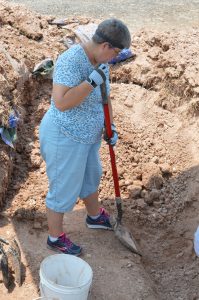
Dr. Kate Spradley, a professor at Texas State University, is the primary leader of the humanitarian work being done in both Brooks County and now Starr County. She helps to keep this work going and moving forward. Having now worked with her for two field seasons in South Texas, I have gotten to know Dr. Spradley as a very kind and caring person who is devoted to this cause. Oftentimes in the field, she can be hard to find, as she is constantly on the move, helping anywhere she is needed and continuing to do much of the behind-the-scenes work that helps keep this project moving forward.

Dr. Nick Herman was also here again during this field season. He was only there for a couple of days, but he of course brought along with him his infamous “magic stick” to take measurements. Additionally, Dr. Herman had visited the cemetery prior to our trip to take GPR readings of each of the areas. It will be interesting to see the results after Dr. Herman processes both the GPR and the “magic stick” data.
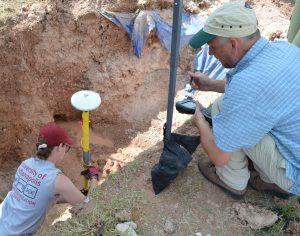
I first met Dr. Tim Goche just before he completed his doctorate at The Ohio State University. We met at FLAG, the regional forensic anthropology conference in the Midwest and bonded over our mutual love for the show Scrubs. Since then, it has been awesome to learn about his impressive research and watch him move into his new role at Texas State University, quickly becoming so involved in this humanitarian project. I always enjoy working with Tim in the field and hope that we will continue to have opportunities to work together!

All of us met Dr. JP Fancher for the first time at the beginning of the lab portion of this most recent Texas trip. He was introduced to us as a dentist who assists in the dental analysis of the migrant remains that are analyzed at Texas State. We quickly learned, however, that JP also participates in the field work and is a military medic, making it even more great to have him by our side. Even more so, JP was very kind to all of us and was always eager to offer help or educational moments whenever he could.
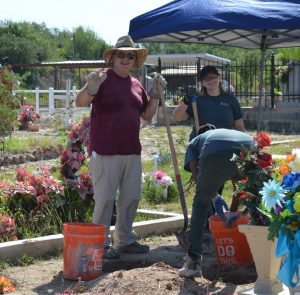
And, of course, my fellow teammates and I would never have had such a wonderful opportunity to be involved with the humanitarian work in South Texas without the hard work and dedication of Dr. Krista Latham. Thank you, Dr. Latham!
